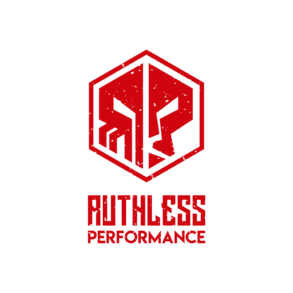Internal Program Review: Strength Programming For a CrossFit Athlete with Patellar Tendonitis – Day 1
Since our Internal Program Review Series has been getting consistently positive feedback, I’m going to continue today with a look at a Day 1 from one of our comprehensive programming athletes. This particular client is a CrossFit enthusiast and upland hunter who has been regularly supplementing his training with Ruthless Performance programs for some time. Though this is more of a …
